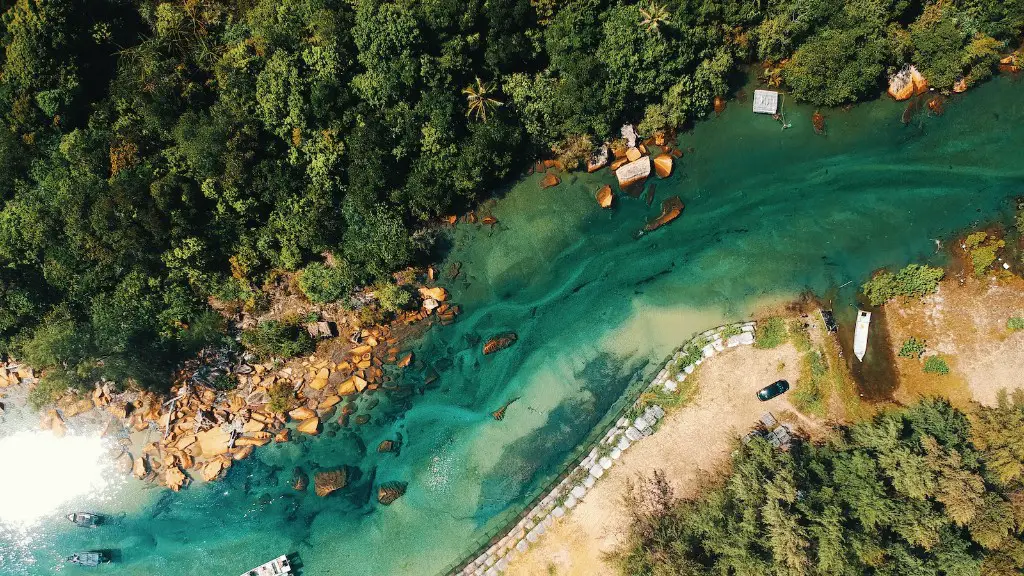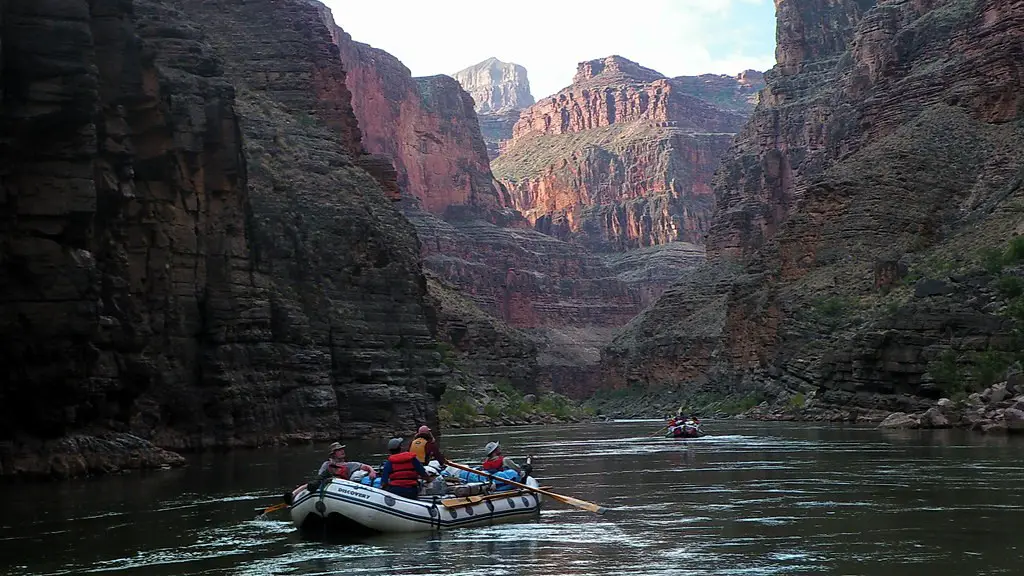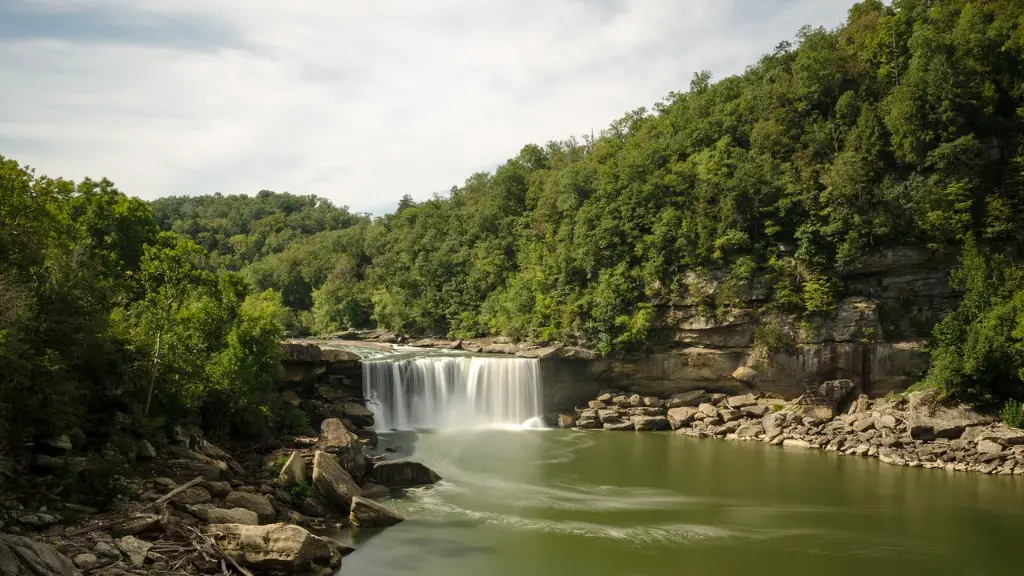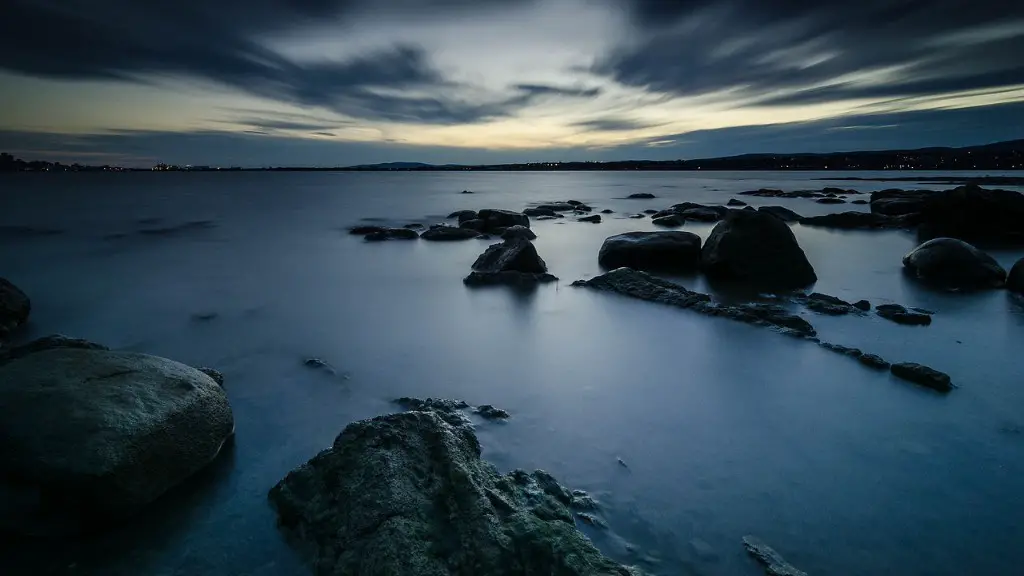The Mississippi River is one of the most important waterways in the world, with a huge influence on American culture, the environment and the economy. In this article, we will explore where the Mississippi River goes through, its major cities and industries, and how the people and animals that depend on the river are affected.
The Mississippi River starts in Minnesota and flows southward through 10 US states — Minnesota, Wisconsin, Iowa, Illinois, Missouri, Kentucky, Tennessee, Arkansas, Mississippi and Louisiana. It eventually empties into the Gulf of Mexico near the cities of Venice, Louisiana and New Orleans.
The Mississippi River is an important transportation route. It’s the largest river port in the world, with more than 1.2 billion tons of grain, coal and other goods moving through it every year. The Mississippi has also been important in the development of industries like fishing, shipping and farming.
The Mississippi River is also important to wildlife. It provides spawning habitat for many species of fish, like bass and catfish, and serves as a major migratory highway for birds and other animals.The river is also home to more than 250 species of mussels and freshwater snails.
The Mississippi is also important for the people who live along its banks. Many communities rely on the river for drinking water, irrigation and recreation. You can find numerous campgrounds, parks and other attractions along the way.
Unfortunately, the Mississippi River is also home to pollution. Agricultural runoff, sediment and other contaminants can have a negative impact on water quality and the health of aquatic species. Sewage and industrial waste are a major source of pollution in the river.
Fortunately, there is hope. The US government, with the help of environmental non-profits, is working hard to restore and protect the health of the river. The US Army Corps of Engineers is responsible for maintaining and restoring waterways, as well as monitoring water quality.
Urban Development Supported by the Mississippi River
The Mississippi River has been an integral part of the development of cities and towns in the area. The river provided a transportation link for goods, people, and knowledge and was the major reason for the development of Chicago, St. Louis and other cities along the river. The river has also provided electricity for homes, businesses and factories.
Today, cities like Minneapolis, Memphis and Baton Rouge are still flourishing due to their location near the Mississippi River. The river plays a key role in commerce, shipping, tourism and recreation.
Recreation Supported by the Mississippi River
The Mississippi River is a great destination for recreational activities like camping, kayaking, fishing and more. The river’s unique landscape, fun activities and rich history make it a great destination for adventurers and the perfect place to take a family vacation.
The Mississippi is also a great place to observe wildlife. Bald eagles, herons, kingfishers and many other birds are common sights near the river. Mammals like deer, beaver, and river otters can also be seen in the area.
In addition to wildlife, the Mississippi River is a great place for history buffs. It’s home to many important Civil War and Civil Rights sites, which tell the story of the region and its impact on the nation.
Environmental Threats to the Mississippi River
Despite its importance, the Mississippi River faces many environmental threats. The most significant threat is water pollution, which comes from agricultural runoff, sewage, and industrial waste. These pollutants can have a devastating impact on the water quality and the aquatic life in the river.
In addition, dams and levees can alter the river’s natural flow, which affects the fish and other animals that depend on it. This can affect their spawning and migration patterns, leading to a decline in certain species.
Climate change is also a major concern for the Mississippi River. Rising temperatures and increased precipitation will change the river’s flow and could lead to more frequent and severe flooding events.
How to Protect the Mississippi River
It’s important to take action to protect the Mississippi River. We can all do our part by reducing pollution, conserving water and educating others about the importance of the river.
Individuals, businesses and governments can also work together to reduce pollution and restore the river’s health. This can include planting vegetation along the banks to absorb runoff, improving water treatment facilities and adopting best practices for water conservation.
One of the best ways to help protect the river is to support organizations that are working to restore and protect it. Organizations like the Mississippi River Network, the Nature Conservancy and the World Wildlife Fund are leading the effort to protect and restore the health of the Mississippi River.
Economic Impact of the Mississippi River
The Mississippi River is an important source of economic activity in the area. In addition to shipping and transportation, the river supports fishing and other recreational activities.
The river also provides drinking water, irrigation and other essential services to communities along its banks. In addition to providing jobs, it supports local businesses and provides an important source of income for many families.
Conclusion
The Mississippi River is a crucial part of the American landscape, culture and economy. It is home to a wide range of wildlife, provides drinking water and irrigation for communities and serves as an important transportation route for people and goods. Despite the threats it faces, the river can still be protected and restored if we all do our part.





